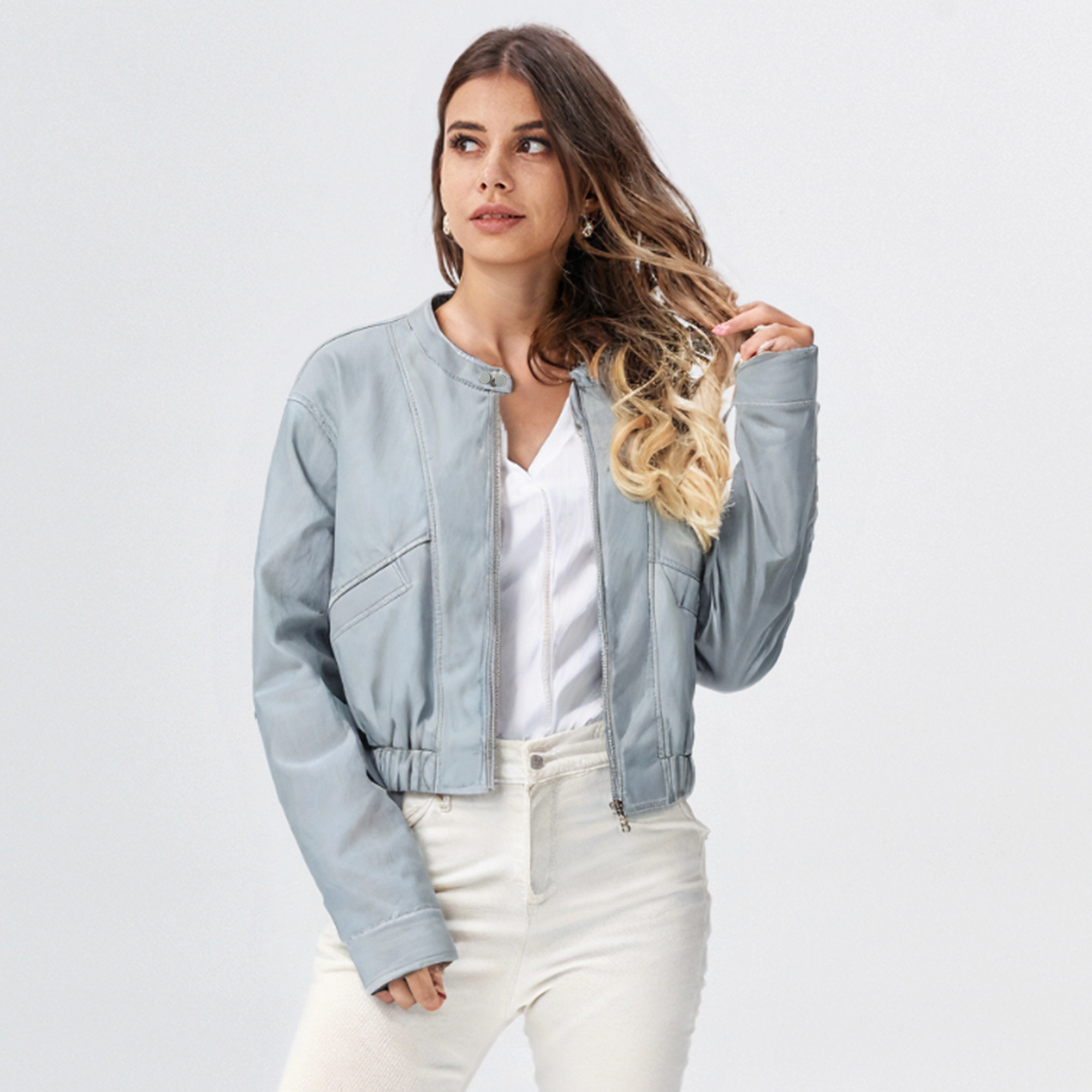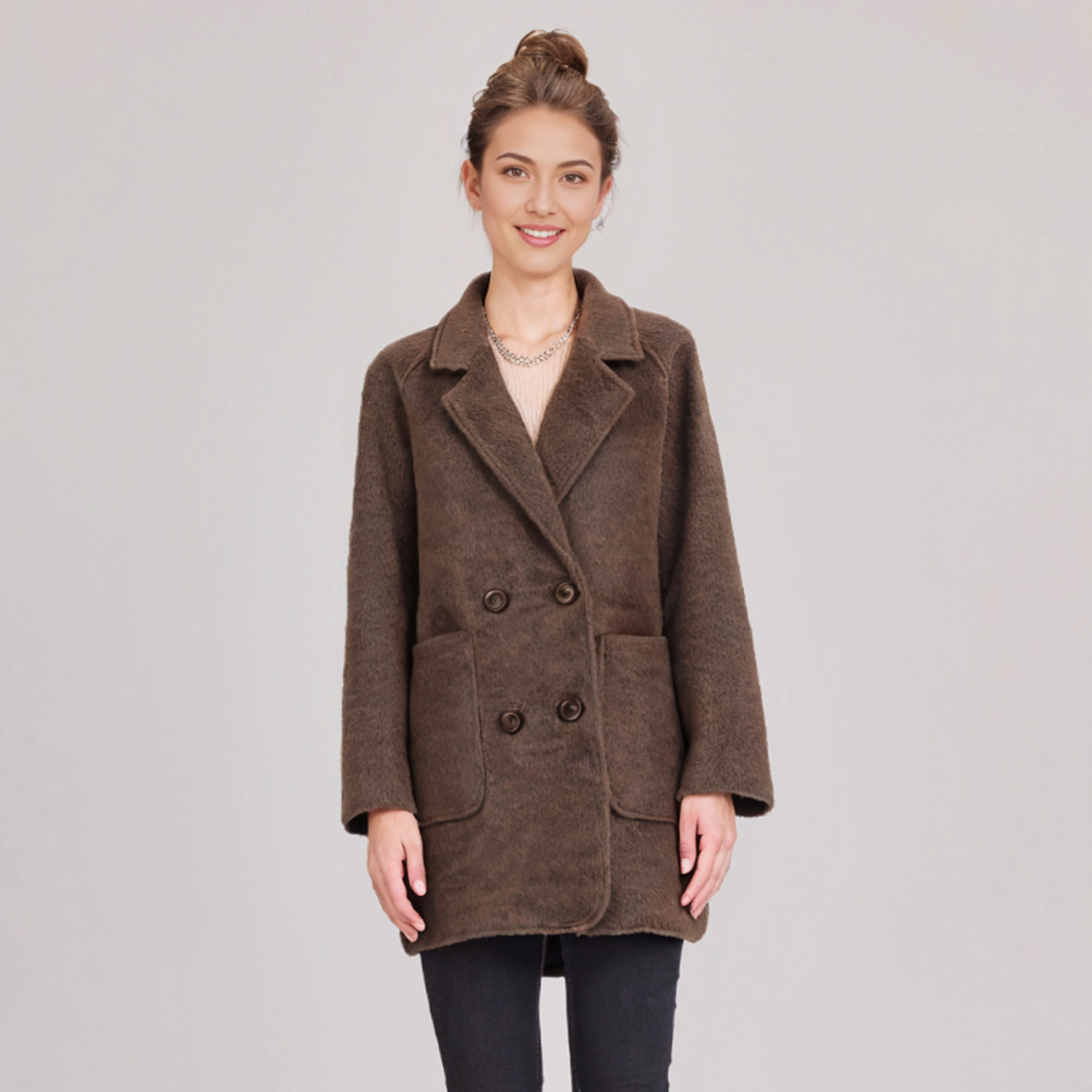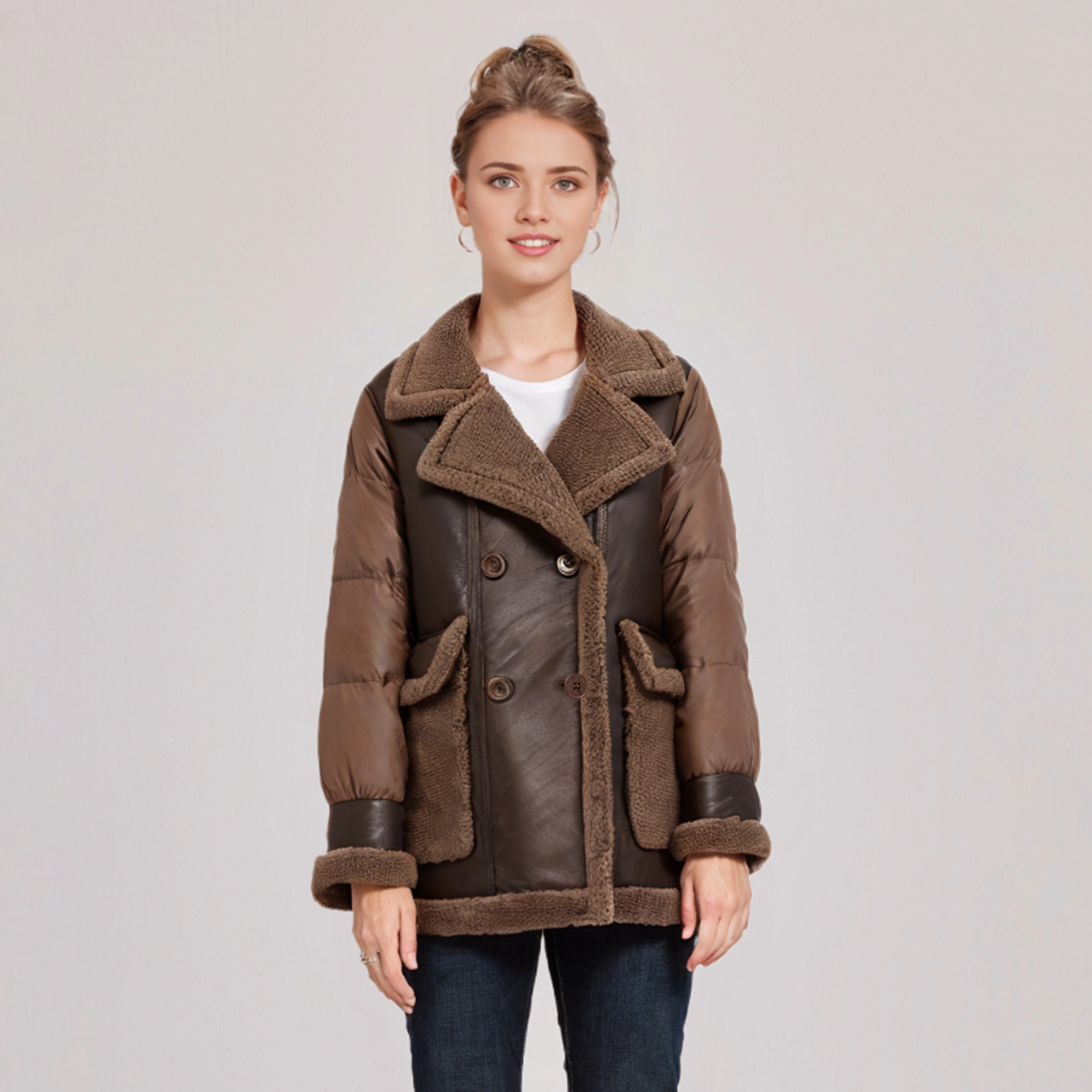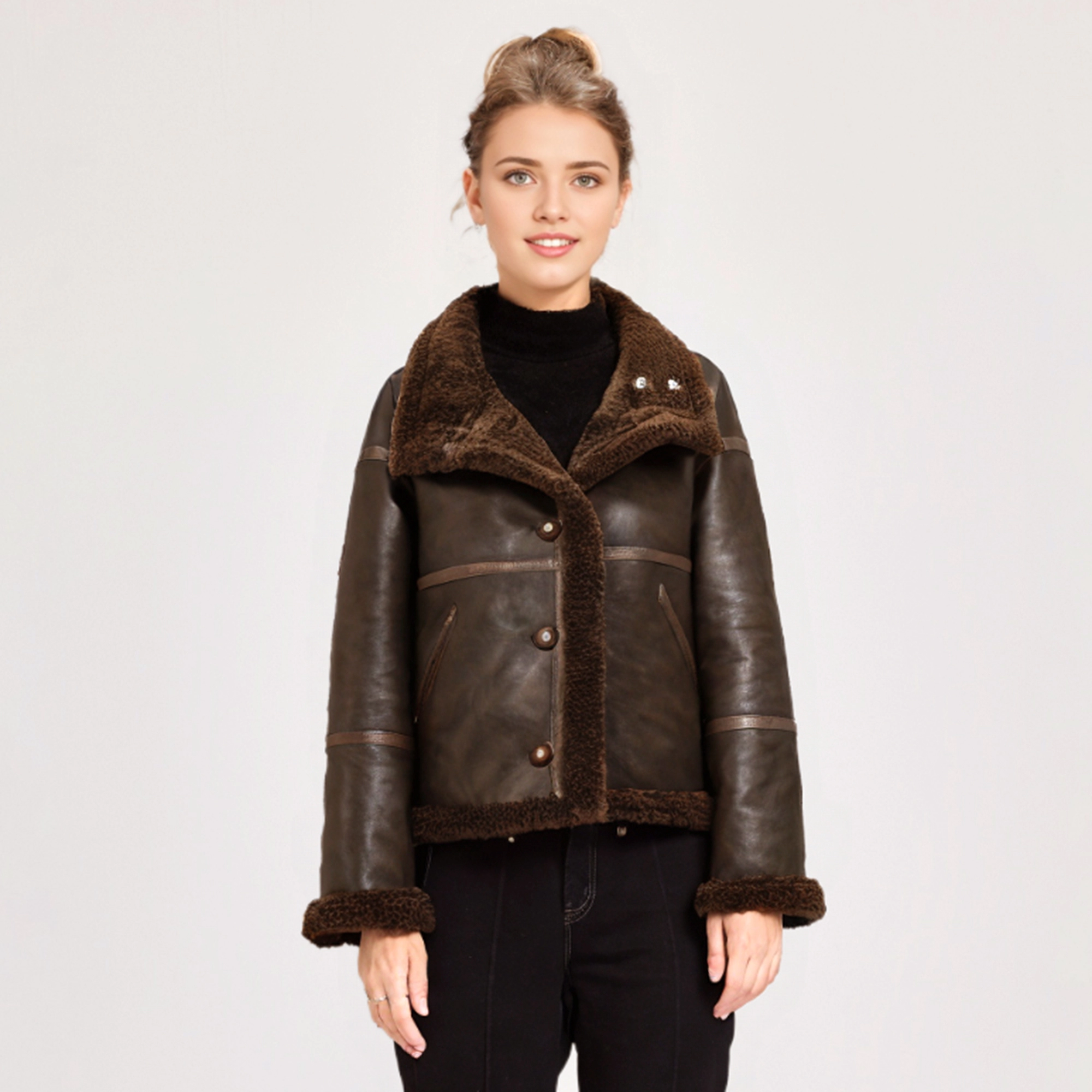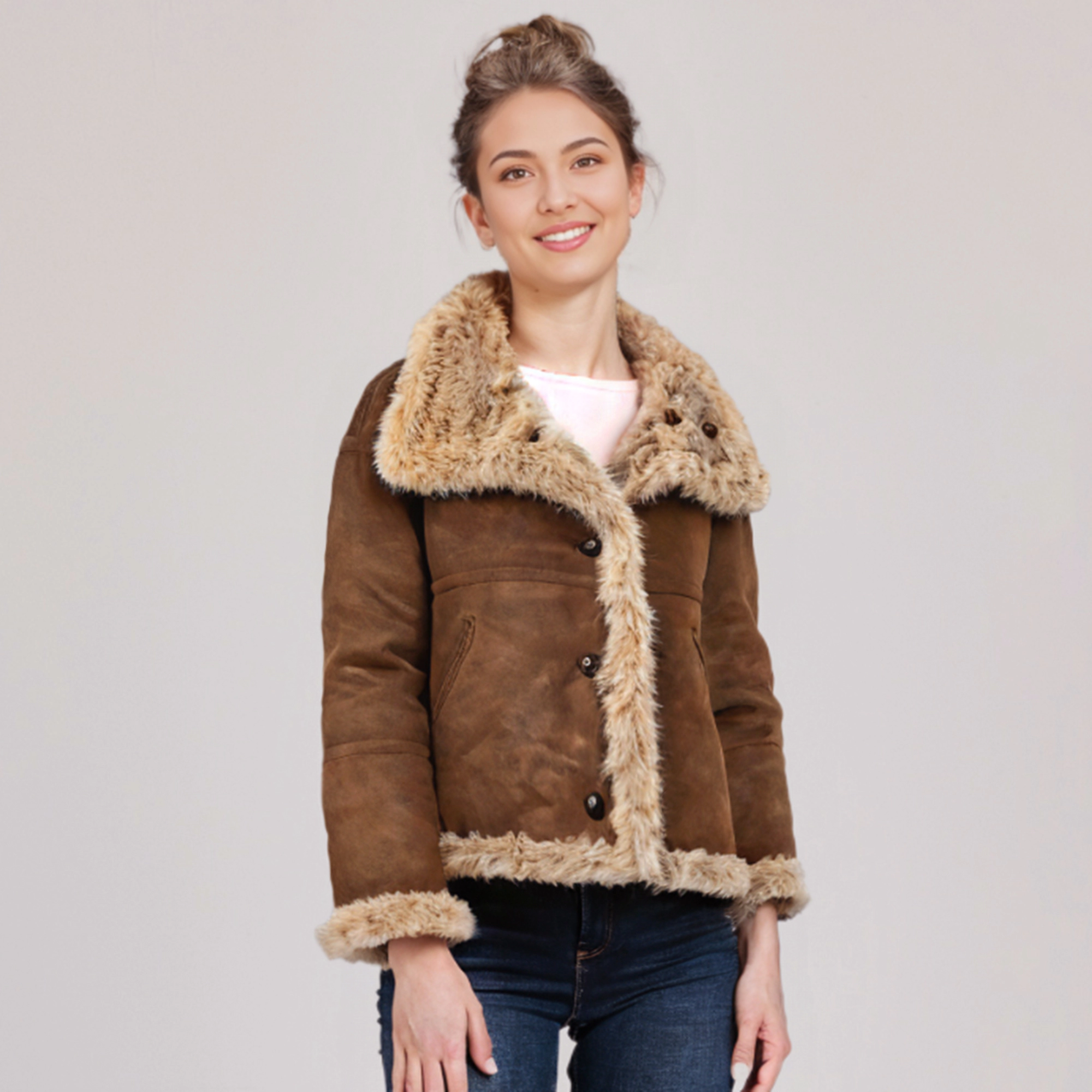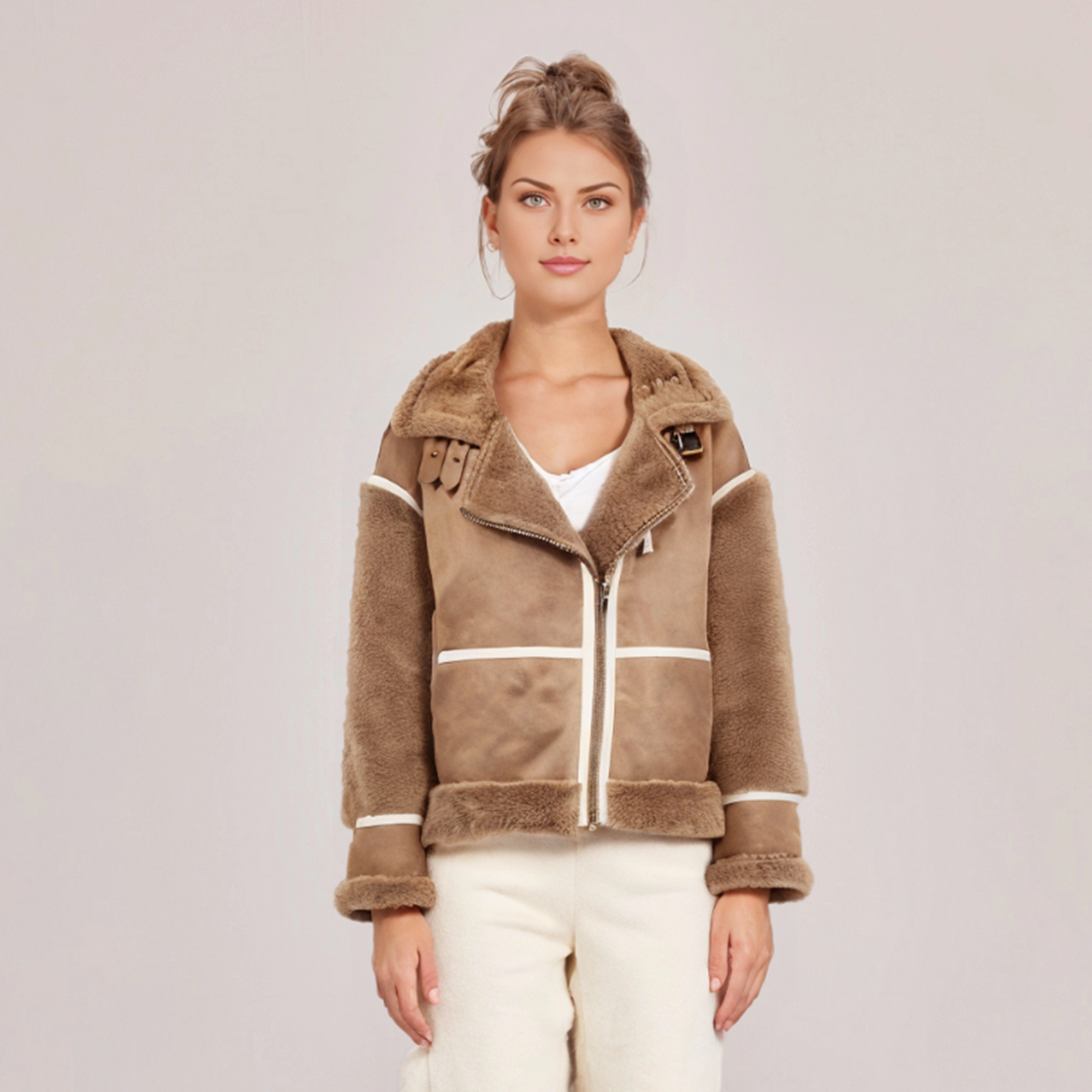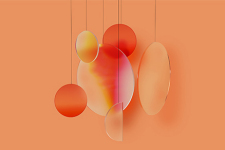
The analysis of women's clothing trends in autumn and winter 2025: from sustainable technology to retro remodeling
As the global fashion industry enters a period of deep change, the autumn and winter 2025 women's clothing trend presents a two-way fusion of technology and humanities. This report is based on four fashion week data and global consumption insights, and dissects six core trend directions.
1. Neo-ecologist color matrix
This season's popular colors break through the traditional earth color frame, and the new generation of natural colors represented by "industrial moss green" and "deep sea cobalt blue" occupy the mainstream. Pantone color research shows that the olive color with gray tones (PANTONE 18-0625) contrasts sharply with the cool rose red color (PANTONE 18-2143), and this contradictory aesthetic is particularly prominent in the Max Mara and Stella McCartney collections. It is worth noting that the nano-dyeing technology with self-healing function has been applied to Issey Miyaye's gradual change dress for the first time, achieving a dynamic effect of color changing with temperature.
Second, the intelligent composite fabric revolution
2025 will witness the leap-forward development of textile technology. Balenciaga's 3D woven down jacket uses an aerogel interlayer, which is only 1.2cm thick but has the ability to keep warm at minus 30 ° C. The concept fabric of "second skin" developed by Louis Vuitton laboratory realizes the function of humidity regulation through micro biosensors. Data show that the market penetration rate of smart fabrics containing conductive fibers is expected to reach 23%, and its application scenarios extend from workplace suits to evening gowns.
Third, sustainable cutting paradigm transformation
Deconstructivist tailoring ushered in version 4.0, Simone Rocha's oblique cutting and splicing process achieved 78% material utilization. Notable innovation comes from Bottega Veneta's modular design system, which realizes the four-season transformation of single items through magnetic buttons and hidden inserts. The Paris Fashion Union reported that the number of brands using zero-waste cutting technology increased by 40% year-on-year. Among them, the Balenciaga workshop led by Demna developed reversible sewing technology, which allows single items to be worn in front and back with completely different silhouettes.
Fourth, the reconstruction and digitization of historical elements in the new Victorian style revival
has become an important trend. Gucci's AI design team created a foldable carbon fiber support structure by analyzing 19th century skirt support data. Dior's Diablo Lolita collection cleverly blends baroque patterns with cyberpunk elements, and its iconic leg sleeves are modified into detachable inflatable devices. Industry experts point out that this retro-futuristic style has a 65% acceptance rate in Generation Z, reflecting the strong demand for cultural mixing and matching among young people.
Five, the rise of functional decorationism
decorative elements began to take on practical functions. Chanel's pearl necklace-style power bank sparked heated discussions. Its built-in wireless charging module can support 12 hours of battery life. Prada's experimental series transforms traditional tassels into air quality detectors, which trigger LED warnings when PM2.5 exceeds the standard. The premium space of this kind of "beautiful technology" single product reaches 2-3 times that of conventional products, showing the high recognition of the integration of aesthetics and function in the market.
6. Zero carbon fashion system construction
LVMH Group announced the full implementation of the blockchain traceability system, consumers can view the carbon footprint of a single item from raw materials to ready-to-wear through a digital passport. It is worth noting that Hermès launched bio-based leather, whose mycelium culture cycle is shortened to 72 hours and has a leather touch. According to the McKinsey report, the order volume of brands adopting closed-loop production systems will increase by 58% in autumn and winter 2025, proving that sustainable fashion has entered the monetization channel from the concept stage.

